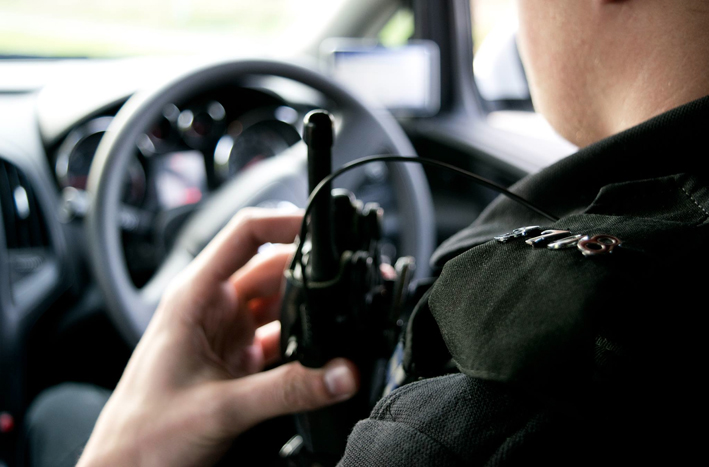Mobile tool to combat child sexual abuse launched
Interpol has launched a global mobile investigative tool to assist in identifying and rescuing the victims of child sexual abuse.

Interpol has launched a global mobile investigative tool to assist in identifying and rescuing the victims of child sexual abuse.
The Victim Identification Laboratory is a mobile application that can be deployed at conferences, training courses and other law enforcement-related gatherings, enabling investigators to share appropriately sanitised child sexual abuse images from ongoing and unsolved investigations with the widest possible audience.
A duplicate of the System for Advancing Victim identification Efforts (SAVE) developed by the National Child Exploitation Coordination Centre of the Royal Canadian Mounted Police (RCMP), the software and hardware for the laboratory has been donated to Interpol by Canada.
The laboratory will be run by Interpols Crimes Against Children (CAC) team, which encourages member countries to take a victim-centred approach to child abuse investigations.
Interpol Secretary General Ronald K. Noble said: Interpols International Child Sexual Exploitation (ICSE) database has already assisted in the rescue of thousands of children around the world and this new mobile Victim Identification Laboratory will be a valuable asset to investigators in solving these horrific crimes.
Mick Moran, assistant director of Interpols Trafficking in Human Beings unit, which encompasses the CAC team, said: Every single child sexual abuse image is not just a photo available on the internet, it is evidence of the permanent serious physical and emotional harm suffered by an innocent boy or girl, which is why it is vital for victims to be identified as quickly as possible.
Child sexual abuse material from unsolved international cases in Interpols ICSE database is uploaded to the laboratory, with editing tools that enable viewers to manipulate the image to focus on different areas.
Viewers can leave comments on the images and elements that could potentially help investigators identify the location where the material was produced, or to identify objects in the images such as a childs toy, a building or a piece of furniture which may be unrecognisable to the investigator, but could be a landmark or a well-known item to someone from another country or region of the world.


